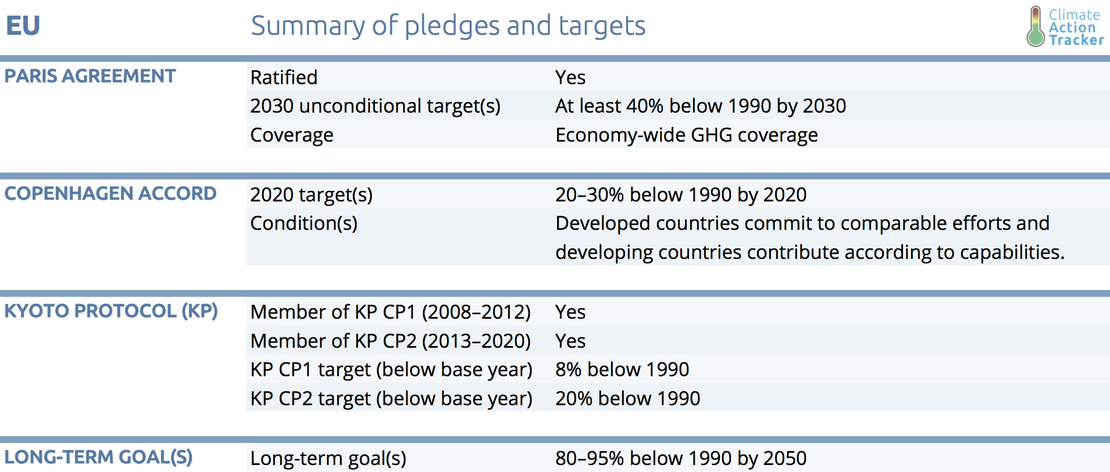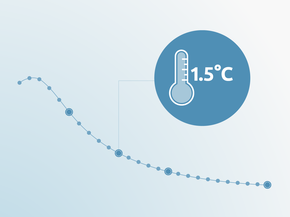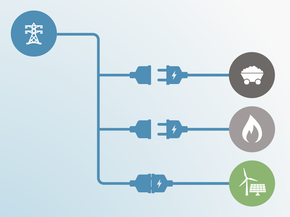Pledges And Targets
Paris Agreement targets
In October 2014 EU leaders agreed on a 2030 climate and energy policy framework, putting forward a legally binding EU target of at least 40% reduction in domestic emissions by 2030 in comparison to 1990 (European Council 2014). In contrast to the period before 2020 it will also make no use of international credits, as it refers to domestic emissions reductions only.
On 6 March 2015, the EU submitted its INDC to the UNFCCC committing to a target of “at least 40%” domestic emissions reductions below 1990 by 2030 (UNFCCC, 2015). With the ratification of the Paris Agreement by the EU and its entry into force in November 2016, the INDC became the EU’s first NDC.
The uncertainty around LULUCF accounting
In December 2017, the European Parliament and the Council agreed on the draft of a regulation regarding the inclusion of emissions and removals from the LULUCF sector in the EU 2030 climate and energy framework. It allows the utilisation of credits from removals from that sector of up to 280 MtCO2 spread over the period between 2021 and 2030 to meet the emissions reduction target in the non-ETS sectors (European Commission 2016h). Since the removals have not been included in 1990 emissions levels, this means a potential weakening of the 2030 emissions reduction target. The best assumption that can be made about the utilisation of the 280 MtCO2 from the LULUCF sector is that on average all member states will use these allocations divided equally every year over the whole period between 2021 and 2030. This would potentially weaken the EU’s 2030 emissions reduction target by 28 MtCO2 or 0.8%.
2020 pledge and Kyoto target
Under the Copenhagen Accord, the EU committed to reducing emissions by 20% below 1990 levels. Should other developed countries commit to comparable efforts, and developing countries contribute according to their capabilities, the EU offered to increase its 2020 emissions reduction target to 30%. By 2050 the EU wants to achieve a reduction of 80%–95% below 1990 levels.
In May 2012, the EU submitted a provisional QELRO1 (Quantified Emission Limitation or Reduction Objective) level equivalent to 20% reduction from base year over the second commitment period. This target is to be fulfilled jointly by the EU and its member states.2 In 2015 the EU and Iceland signed an agreement to jointly fulfil the second phase of the Kyoto Protocol (European Commission 2015a). In 2008 the EU member states agreed on the 2020 Energy and Climate Package that included a number of measures that would make the achievement of the 20% emissions reduction target possible. These measures included the Effort Sharing Directive specifying national emissions targets for the EU member states, amendment of the EU’s Emissions Trading Scheme and Renewable Energy Directive aiming to increase the share of renewables to 20% by 2020.
In February 2011, based on the former 2°C warming limit agreed in Copenhagen, EU leaders endorsed the objective of reducing Europe's GHG emissions by 80–95% below 1990 levels by 2050 (European Commission 2011b) conditional on necessary reductions to be collectively achieved by developed countries in line with the Intergovernmental Panel on Climate Change (IPCC). However, the Paris Agreement’s long term temperature goal is significantly more ambitious than the former 2°C Copenhagen target, and requires more rapid—and deeper—emissions reductions. In March 2018, the European Council invited the Commission to present a proposal for a Strategy for long-term EU greenhouse gas emissions reduction by the first quarter of 2019. The member states pointed out that it should remain in accordance with the Paris Agreement and take account the national plan. According to the draft of the Governance Regulation, the latter should be submitted by 1 January 2019 (European Parliament 2018e). They should reflect an increasing level of ambition of some of the EU member states, especially the Swedish plan to go carbon neutral by 2045 by reducing domestic emissions by 85% and offsetting the remaining 15% by investing in overseas carbon-cutting projects (Government Offices of Sweden 2017), the UK’s declaration of increasing its 2050 emissions reduction target from 80% to “net zero” (EnergyPost 2018), or the German Climate Action Plan 2050 with the goal of “extensively greenhouse gas neutrality” (German Ministry of Environment 2016).
Footnotes
1 | The QELRO, expressed as a percentage in relation to a base year, denotes the average level of emissions that an Annex B Party could emit on an annual basis during a given commitment period.
2 | This QELRO is inscribed in the amendments agreed in Doha in December 2012. The EU has yet to ratify these amendments.

Further analysis
Latest publications
Stay informed
Subscribe to our newsletter






